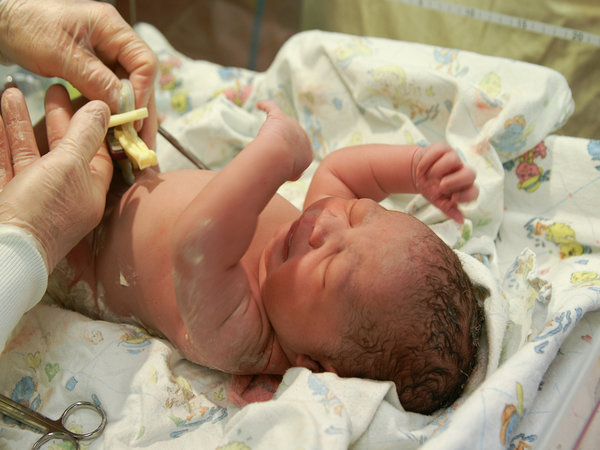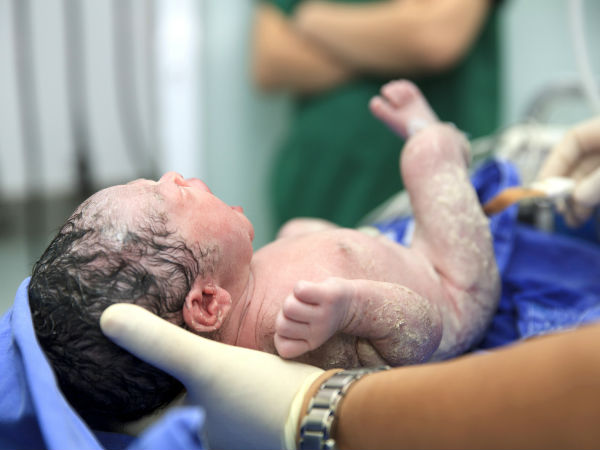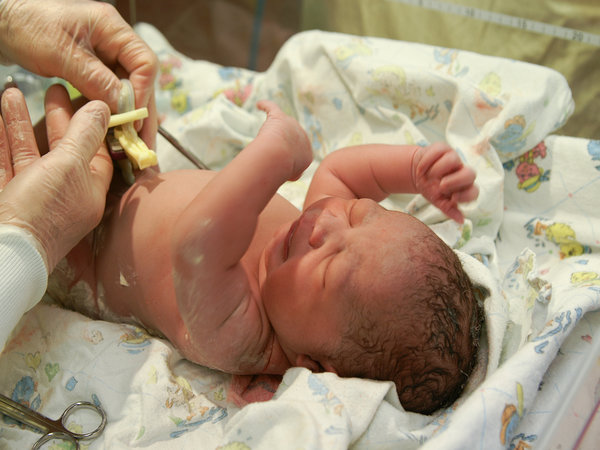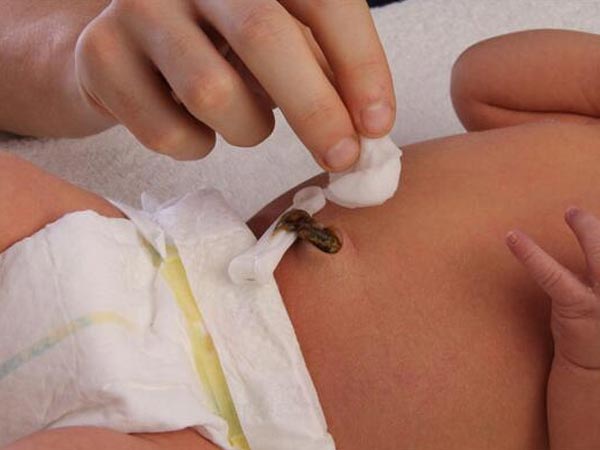Just In
- 3 hrs ago

- 6 hrs ago

- 7 hrs ago

- 12 hrs ago

Don't Miss
- Finance
 Trade Call: 2 Technical Intraday Stock Picks By Sumeet Bagadia On Friday, April 19
Trade Call: 2 Technical Intraday Stock Picks By Sumeet Bagadia On Friday, April 19 - Sports
 LSG vs CSK Dream11 Prediction IPL 2024 Match 34: Squads, Fantasy Tips & Best Picks
LSG vs CSK Dream11 Prediction IPL 2024 Match 34: Squads, Fantasy Tips & Best Picks - Movies
 Bade Miyan Chote Miyan Box Office Day 9 Prediction: Akshay’s Film To Cross 51Cr Ahead Of 2nd Weekend
Bade Miyan Chote Miyan Box Office Day 9 Prediction: Akshay’s Film To Cross 51Cr Ahead Of 2nd Weekend - News
 12 Jurors Picked For Donald Trump’s Hush Money Trial, Alternate Selection Continues
12 Jurors Picked For Donald Trump’s Hush Money Trial, Alternate Selection Continues - Automobiles
 Aprilia RS 457 Accessories: A Detailed Look At The Prices
Aprilia RS 457 Accessories: A Detailed Look At The Prices - Education
 Karnataka SSLC Result 2024 Soon, Know How to Check Through Website, SMS and Digilocker
Karnataka SSLC Result 2024 Soon, Know How to Check Through Website, SMS and Digilocker - Technology
 Nothing Ear, Ear a With ANC, Up to 42.5 Hours of Battery Launched; Check Price and Availability
Nothing Ear, Ear a With ANC, Up to 42.5 Hours of Battery Launched; Check Price and Availability - Travel
Telangana's Waterfall: A Serene Escape Into Nature's Marvels
Umbilical Cord Knots In Pregnancy - What Should You Know?
During pregnancy, the umbilical cord is said to be the lifeline of the unborn foetus as it supplies the baby everything it needs to grow, like oxygen and food. It is also the thing that connects a baby to its mother. The umbilical cord is a white twisted cord that looks like a telephone cord. It contains two arteries and a vein. While the vein carries blood rich in oxygen and nutrients to your baby, the arteries carry the deoxygenated blood and other waste products back. Also, the umbilical cord is protected by a sticky substance called the Wharton's jelly. This layer of protection also is the one that prevents the tangling of the cord.
Typically, the umbilical cord of the baby is 2 feet long until the time of birth. Due to the cramped space in the womb weeks before the birth of the baby, combined with the baby's continuous movements, the umbilical cord sometimes gets knotted in the womb. Most mothers fret when their umbilical cord gets knotted as this directly affects the oxygen supply to the baby. While this may be true, umbilical knots do not always pose serious risks to the baby.

Umbilical cords are indeed a common occurrence during pregnancy. Find out everything you need to know about umbilical cord knots below.
What Are Umbilical Cord Knots?
The umbilical cord gets knotted due to the movement of the baby inside the womb. This usually happens early on during the pregnancy and is mostly harmless. The umbilical cord knots itself when the baby passes through a loop.
The chances of the umbilical cord getting knotted are more when the amniotic fluid in the womb is present in excess and if the baby is quite active inside. Also, if the umbilical cord is abnormally long, it may result in knots.

Umbilical knots usually do not tighten due to the presence of the sticky substance that surrounds these cords. But at times when it happens, it poses a risk to the baby as it may cut off their oxygen supply and lower their heart rate.

True Knots And False Knots
Not all knots are dangerous. Some knots just look like knots but aren't. Basically, the knots on the umbilical cord can be divided into two types - true knots and the false knots.
While true knots are caused due to the looping of the cord due to the baby's activity inside the womb, false knots are just some extra blood vessels looping on each other inside the Wharton's jelly.
True knots when tightened can restrict the baby's blood supply. But false knots pose no serious harm to the baby and are quite common. They are also called pseudo knots.
How Common Are True Knots During Pregnancy?
Umbilical cord knots are extremely common during pregnancy, occurring in about one in every 100 pregnancies. Knots are usually caused early on during the pregnancy and often untangle on their own. However, in cases where the knot tightens, the baby's blood supply and be restricted and chances of a miscarriage are high.
The statistics for fatalities due to umbilical cord knots are about 1 in every 2000 pregnancies.

What Causes Umbilical Cord Knots?
Though umbilical cord knots are relatively a common occurrence during a pregnancy, the chances increase due to the following reasons-
1)
If
the
umbilical
cord
is
abnormally
large,
there
are
high
chances
of
the
cord
being
knotted
inside
the
womb.
2)
Increased
activity
of
the
foetus
can
further
lead
to
it
looping
around
the
cord
resulting
in
an
umbilical
knot.
3)
This
phenomenon
is
known
to
be
extremely
common
if
there
is
more
of
amniotic
fluid
present
inside
the
womb.
4)
Also,
if
the
size
of
the
foetus
is
small,
the
umbilical
cord
may
get
entangled
due
to
its
activity.
What Are The Symptoms Of Umbilical Cord Being Knotted?
The major symptom of an umbilical cord knot is decreased foetal movement, which is the direct result of decreased heart rate and low oxygen supply. The lesser the heart rate, the tighter is the knot and the more problematic it may be for the unborn baby.
Umbilical cord knots are usually detected by an ultrasound scan or a Doppler but often times, they are not visible in the scan as well. It can only be diagnosed if the mother experiences a sharp fall in the foetal movement all of a sudden.

What Are The Risks Involved For The Mother And The Baby?
Umbilical cords pose no direct risks to the mother but the baby may suffer from oxygen deprivation if the knot tightens.
Usually, the knots in the umbilical cord do not tighten due to the presence of a sticky protective layer called Wharton's jelly. However, if the knots do tighten over time, this may increase the chances of foetal death and brain damage. This may lead to a miscarriage, typically in the third trimester of the pregnancy.
At such times, an emergency Caesarean can be performed to increase the chances of the baby's survival.
How Can Umbilical Knots Be Handled?
If there is decreased foetal activity noticed by the mother and true knots are diagnosed, the heart rate and the movements of the foetus are closely monitored. However, if the condition of the foetus worsens, an emergency C-section can be the only way out.
If the knot is noticed during delivery, it is safe to perform a C-section under such cases as well due to the fact that the knot can tighten when the baby moves through the vaginal canal. This may increase the risk of brain damage due to asphyxiation.

It is said that women with previous pregnancies having umbilical knots are at a higher risk of the condition repeating in their subsequent pregnancies as well. Therefore, if you come under this criterion, it is important to have regular scans and foetal heart rate checks to diagnose a knot.
Umbilical cord knots are not known to have any long-term effects on the baby once they are born healthy.
-
 healthSolar Eclipse 2024: Dos and Don'ts for Pregnant Women During Surya Grahan
healthSolar Eclipse 2024: Dos and Don'ts for Pregnant Women During Surya Grahan -
 healthLunar Eclipse 2024: Dos And Don'ts For Pregnant Woman During Chandra Grahan
healthLunar Eclipse 2024: Dos And Don'ts For Pregnant Woman During Chandra Grahan -
 fashionDeepika Padukone-Ranveer Singh Announce Pregnancy: 6 Maternity Outfit Ideas For The Modern Mom-to-Be
fashionDeepika Padukone-Ranveer Singh Announce Pregnancy: 6 Maternity Outfit Ideas For The Modern Mom-to-Be -
 healthLate Singer Sidhu Moose Wala's Mother Is Pregnant Through IVF, Know What It Is And How To Prepare For It
healthLate Singer Sidhu Moose Wala's Mother Is Pregnant Through IVF, Know What It Is And How To Prepare For It -
 insyncVirat Kohli And Anushka Sharma Name Their Baby Boy 'Akaay', Know What This Beautiful Name Means?
insyncVirat Kohli And Anushka Sharma Name Their Baby Boy 'Akaay', Know What This Beautiful Name Means? -
 pregnancy parentingMaternal Health Awareness Day 2024: 15 Foods That Boost Maternal Health
pregnancy parentingMaternal Health Awareness Day 2024: 15 Foods That Boost Maternal Health -
 pregnancy parentingFrom Contractions To Water Breaking: Knowing When It's Time For The Hospital During Pregnancy
pregnancy parentingFrom Contractions To Water Breaking: Knowing When It's Time For The Hospital During Pregnancy -
 pregnancy parentingBirth Control Pills Can Affect This Primary Function In Women: Find Out What
pregnancy parentingBirth Control Pills Can Affect This Primary Function In Women: Find Out What -
 pregnancy parentingTwo Wombs, Four Hearts: US Mom's Extraordinary Double Uterus Pregnancy
pregnancy parentingTwo Wombs, Four Hearts: US Mom's Extraordinary Double Uterus Pregnancy -
 healthExclusive: A Pregnant Mom Can Posses These Maternal, Fetal Health Risks If Exposed To Air Pollution
healthExclusive: A Pregnant Mom Can Posses These Maternal, Fetal Health Risks If Exposed To Air Pollution -
 pregnancy parentingDelhi Air Pollution: Pregnant Women Must Follow These 4 Things!
pregnancy parentingDelhi Air Pollution: Pregnant Women Must Follow These 4 Things! -
 pregnancy parentingDelhi Air Quality Crisis: How Air Pollution Can Affect Unborn And Newborn Babies? Precaution Tips For Pregnant
pregnancy parentingDelhi Air Quality Crisis: How Air Pollution Can Affect Unborn And Newborn Babies? Precaution Tips For Pregnant


 Click it and Unblock the Notifications
Click it and Unblock the Notifications



